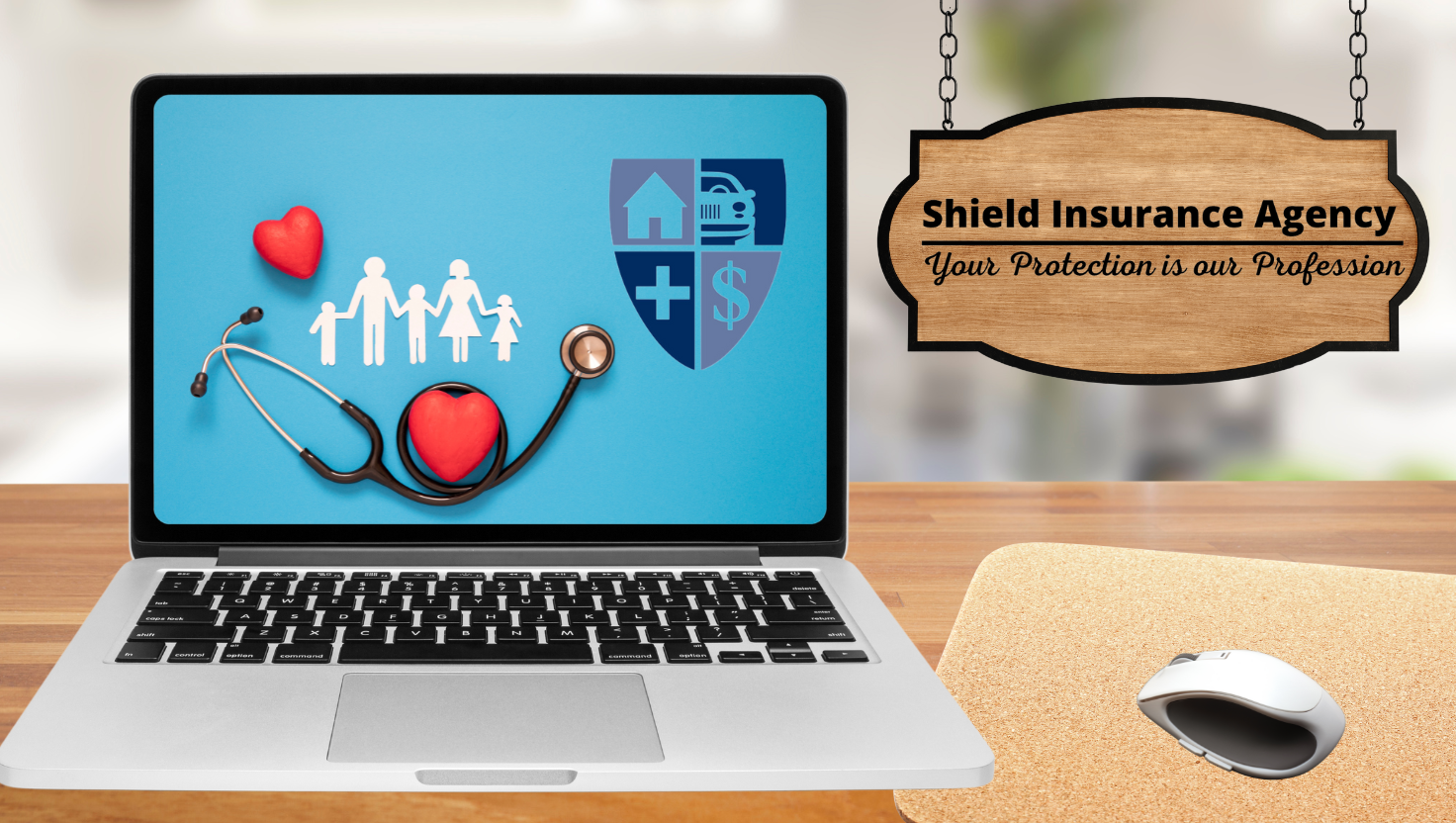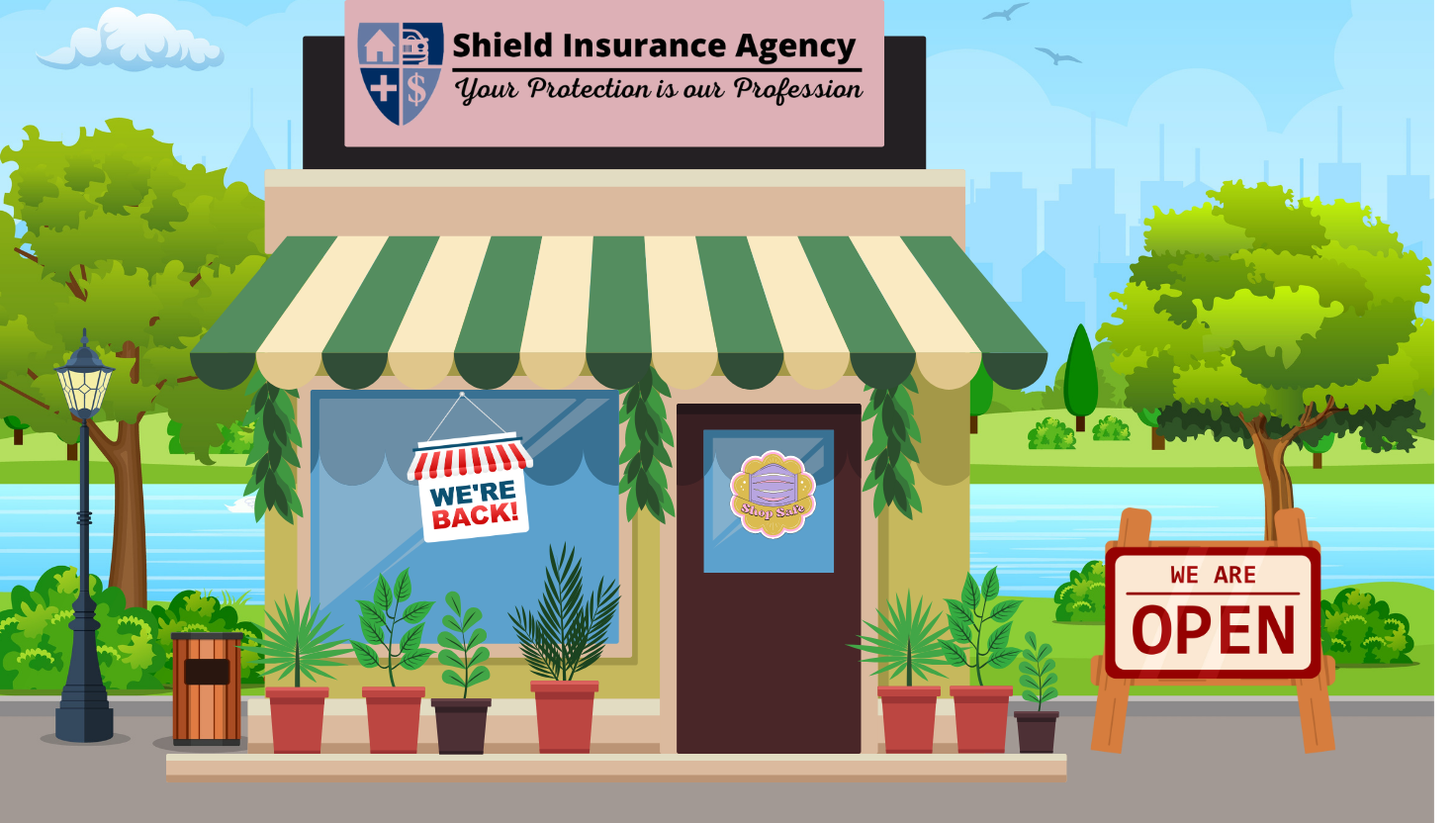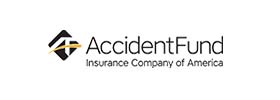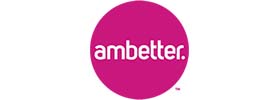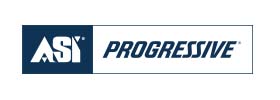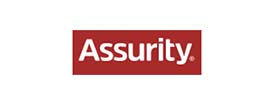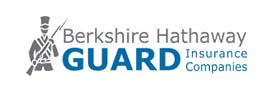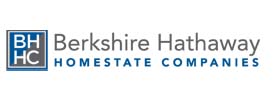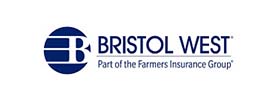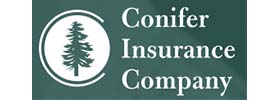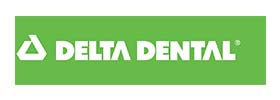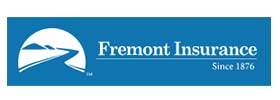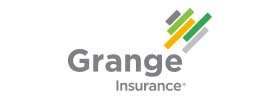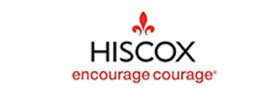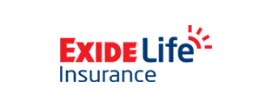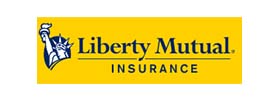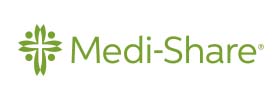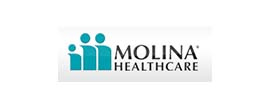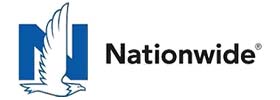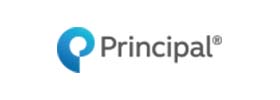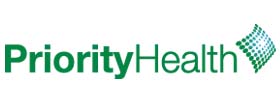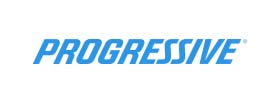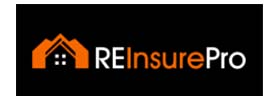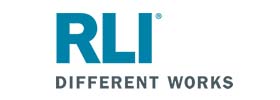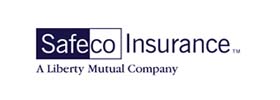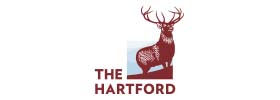How to Stay Focused at Work
Staying on task can be a challenge at home or at work, and sometimes even more difficult when you’re working from home. In this article, you’ll get 15 tips on how to stay focused at work…
Wait! First I want to watch a video of a honey badger fighting off an anaconda, and a couple of jackals. After that, I’ll get right back to writing about how to stay focused at work.
The lure of interesting things on social media is just one of the challenges to overcome. Here’s how to best that challenge, and others, to stay focused.
15 Ways to Stay Focused at Work
Here are 15 of the best ways to focus at work — especially when you can’t focus!
1. Take Breaks
Sounds counterproductive, right? Shouldn’t you dig in, nose to the grindstone and all that, until the task or project is complete?
Wrong. We are more productive when we take breaks. This is particularly true if the work and breaks are structured. That removes the risk of extending a break. Working towards a scheduled break helps keep your stress levels at bay.
2. Plan Ahead
Having a plan for your workday, and workweek will help you stay on track for the task at hand. Some projects may take half a day, some, half a month. Taking time at the outset to make a plan for the work will help you keep your eye on the prize.
3. Put it on a Calendar
Does the work need to be finished by Thursday at the latest, so it can be shipping Friday morning? With a lengthy project, are there certain target dates within the work? Post it on a calendar, at your desk or on a wall, if multiple employees are involved.
4. Organize Your Work Station
This is key. The time you spend straightening up your work station will pay back in dividends. Organizing your work station will help keep you focused at work.
It can be very distracting to stop working to search for a document or some needed supplies throughout the day. A clean workspace sets the tone for the workday, every day.
5. Reduce Distractions
At work, you can reduce distractions by letting coworkers know that you don’t wish to be disturbed for specified periods of time. You’re free only for emergency calls. If you’re in a busy office, you may have to vacate your desk and find a quiet place to work. Is there an unused meeting room or board room?
If you’re working from home, and you’re home alone, you can take steps as needed to reduce distractions. But if you’re a working parent, working from home with a child who is learning virtually, you are tasked with trying to find a balance.
How can you keep an eye on the kids and be a productive worker at the same time? As advised earlier, schedule break and work time. Make that schedule identical for all who are working from home.
6. Lock Down Social Media
C’mon, admit it. You’ve already watched the video of the honey badger fighting off the anaconda…
FB can help us feel connected, even during this social distancing era. But it can also be a time sucker, keeping you from the tasks of the day and staying focused.
Just as you’ve made a schedule for break and work time, schedule social media or internet surfing time. The best time for that is when the tasks for the day have been completed.
7. Schedule Blocks of Time for Tasks
Each work assignment or project is predicted to be completed in a certain amount of time. As you make a plan for the day or week, block out the anticipated start and completion times of the tasks.
This simple exercise will do more than help you stay focused. It can help reduce your stress level. It can help you find it easier to “turn off your mind” and fall asleep at bedtime.
8. Get Enough Sleep
For all adults between 20 and 60, the recommended amount of sleep per night is 7 hours. Studies have proven that sleep deprivation makes it much, much harder to focus.
Without enough sleep, you’re likely to get angry and frustrated throughout the day. If you haven’t gotten enough sleep, you can recharge with a short – no longer than 20 minutes – power nap.
9. Graze, Eat
See above, “angry and frustrated throughout the day.” There’s a word for it – Hangry, the combo of hungry and angry. You won’t be able to stay focused at work if you don’t take the time to eat, and snack.
But, not just any snack or meal will cut it. Foods high in carbohydrates, sugar and sodium may give you a quick boost. But the quick boost will be followed by a crash.
All things in moderation. Eat and snack sensibly. Stay hydrated with plenty of water. If you’re a coffee drinker, have at it. Studies have shown that small cups of coffee spaced over the workday will help you stay focused.
10. Break Large Projects into Segments
You can lose focus if you feel that you’re not making progress. Rather than simply write down the end goal, break it down into separate parts.
For example, let’s go back to school days and use “Turn in Term Paper” as the end goal. But it seemed to be an overwhelming goal, 20 pages, how could you do it? Well, you did it by doing it in pieces. You organized the main points, you did the research. Then you wrote a draft, worked on that, and finally turned it in.
It’s no different in the workplace. A seemingly insurmountable task looms large. It’s unwieldy, complicated, in the sum of its parts. But if you take those parts one by one, and steadily get each part out of the way, suddenly it’s doable.
11. To-Do List, with Priorities
This fits hand-in-hand with breaking a large project into segments. Making a list is extremely helpful and possibly the one thing that is the most effective tool for staying focused.
Mentally, a detailed list can become a form of reward. One by one, as tasks are accomplished, you get to draw a line through them. Then, with one step of the work done, you can turn your focus to the next task on the list.
12. Know Yourself
Are you a morning person or a night owl? Do you find yourself having more trouble focusing at certain times of the day? Do you seem to lose focus at the same time every day?
One way to find the answer to how to be focused is to recognize your personal strengths and weaknesses. If you know you do your best work first thing in the morning, take advantage of that. Plan to focus on the most complicated or difficult part of your task during your most productive time.
13. Work and No Work Zones
Scheduled work and break times are important. And it’s also important to separate those areas.
Here’s a for instance: You’re working from home and after a couple of hours, head to the kitchen to get a cup of coffee. You take that steaming mug back to your work area, sipping away at it as you review your work.
Well, that’s not a break. Sitting down in the kitchen for 15 minutes to drink the coffee is a break. In order to get full advantage of a break, it needs to be a full break away from work. Keep those zones separate.
14. Pictures and Words
Remember that organized work area? Now add some bling, in the form of inspirational photographs and words.
The photographs can be family members or pets – to remind yourself who your work is supporting. Or you might display a photograph of someone in your field who you admire.
What about words? Inspirational quotes can be a way to boost your spirits when the way gets challenging.
“It has been my observation that most people get ahead during the time that others waste.” Henry Ford
“Life is either a daring adventure, or nothing.” Helen Keller.
You can choose any pictures and words for workspace inspiration. You can change them freely, as you wish. Reminding yourself of key people and thoughts/ideas is one of the ways to stay focused on the importance of your tasks.
Discover our Motivational Quotes for Business.
15. Reward
One sure way to lose your focus for new tasks is to skip taking time to enjoy the completed task. You did it! You’re not resting on your laurels, but you’re savoring the moment.
If you’re a manager or boss, this is the time to acknowledge and thank the team of workers, who stayed focused right along with you. Before you turn everyone’s eyes to the next project, take time to reward yourself and others for a job well done.
Mental Focus FAQs
People often ask questions about specific things that can help them focus. In general, mental focus is tied to the ability to withstand distractions. You can either remove distractions or learn to focus despite distractions.
What are some foods that help you stay focus?
Several foods can improve focus and mental alertness. Those foods include blueberries, fatty fish, green tea, flaxseed, nuts, and dark chocolate. But it’s important to note chowing down on blueberries and nuts during a break at work might not help – to aid with focus, these foods need to be part of a person’s regular diet.
Will meditation help me focus?
Yes, meditation can improve focus. Here’s why. During meditation, a person learns to relax, remain calm, and focus the mind on a simple activity, such as deep breathing. In other words, meditation helps train your mind to focus.
Here are the Best 10 Meditation Apps for Stressed Out Entrepreneurs.
How many hours of sleep do I need to work productively?
Experts say humans need 7 hours of sleep a night. That’s the figure for all adults between the ages of 20 and 60.
Here are our Top Tips for a Better Night’s Sleep and Increased Work Productivity.
Does music help you stay focus?
Learning to play a musical instrument helps a person learn to focus. Learning to play an instrument requires training, concentration and focus – all things that can carry over into career achievement.
The answer to whether listening to music helps you focus depends on an individual’s feelings. For some, music is soothing and is little more than background sounds. For others, music can be distracting and take away from the ability to focus.






